The Legendary And Often Overlooked Royal Enfield
The oldest motorcycle brand with continuous production is hopelessly old-school in the best possible way.
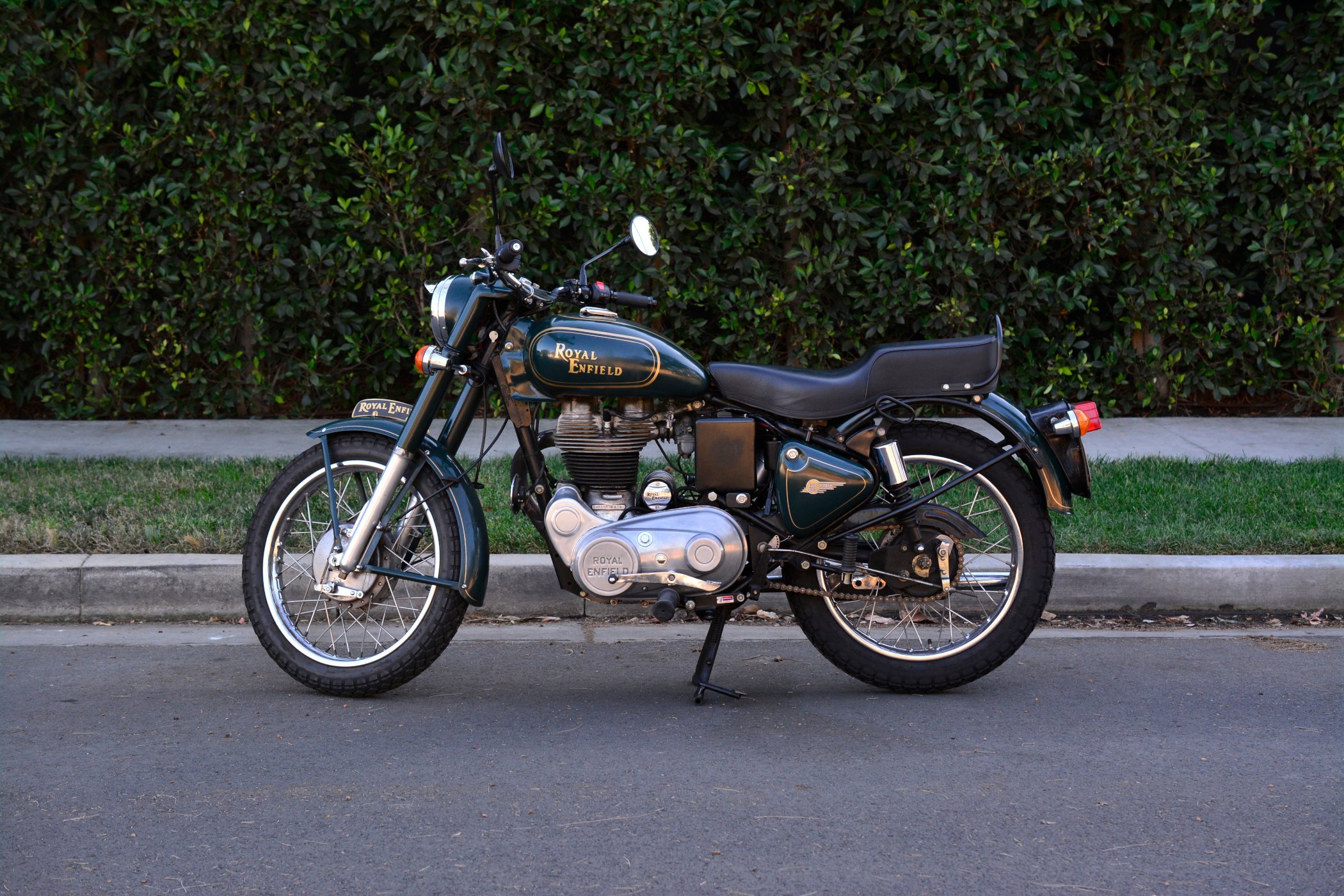
We took a look at Harley Davidson’s last few traditional Sportsters last year and how remarkably old-school they were. Since 1986, the air-cooled Evo V-twins have barely changed and aren’t much different than the Ironhead engines that preceded them (going back to 1957). You’d be hard-pressed to find more traditional motorcycles on showroom floors in 2021. Tragically, the last two Sportster models have been discontinued (as of 2023) in favour of modern, liquid-cooled counterparts, but a brand even more stubborn than Harley is here to fill in the gap. Royal Enfield has been producing motorcycles since 1901, two years before the American brand, and even the newest bikes are throwbacks to the past. It’s the epitome of old-school cool!
British Pioneers
Royal Enfield is an Indian company today but started as a British manufacturer like Triumph, BSA and Norton. Bikes were produced in Redditch, Worcestershire and helped establish the ingredients of a modern motorcycle. The most famous model and among the most iconic in history is the Bullet, first launched in 1948. This bests the Sportster by nine years as the oldest motorcycle design with uninterrupted production. The Bullet name goes back even further to 1931 as a single-cylinder, four-stroke model with 350cc and 500cc options. It had a different design, however than the familiar 1948+ bikes.

Both the Royal Enfield and Bullet names come from the same source – the company was originally a sub-contractor to the Royal Small Arms Factory in Enfield, London. In fact, the marketing slogan for decades was, “Royal Enfield, Made Like a Gun.” That probably wouldn’t fly today, but it sure was cool at the time. Bullets were among the first British bikes with a swing-arm rear suspension and aluminium cylinder heads and were considered very fast at the time. The brand won its first Flat Track racing series in Europe last year in the Twins Class, which is an impressive milestone as its last championship was back in 1956 with legendary rider Johnny Brittain. It shows how stagnant innovation has been for over 60 years.
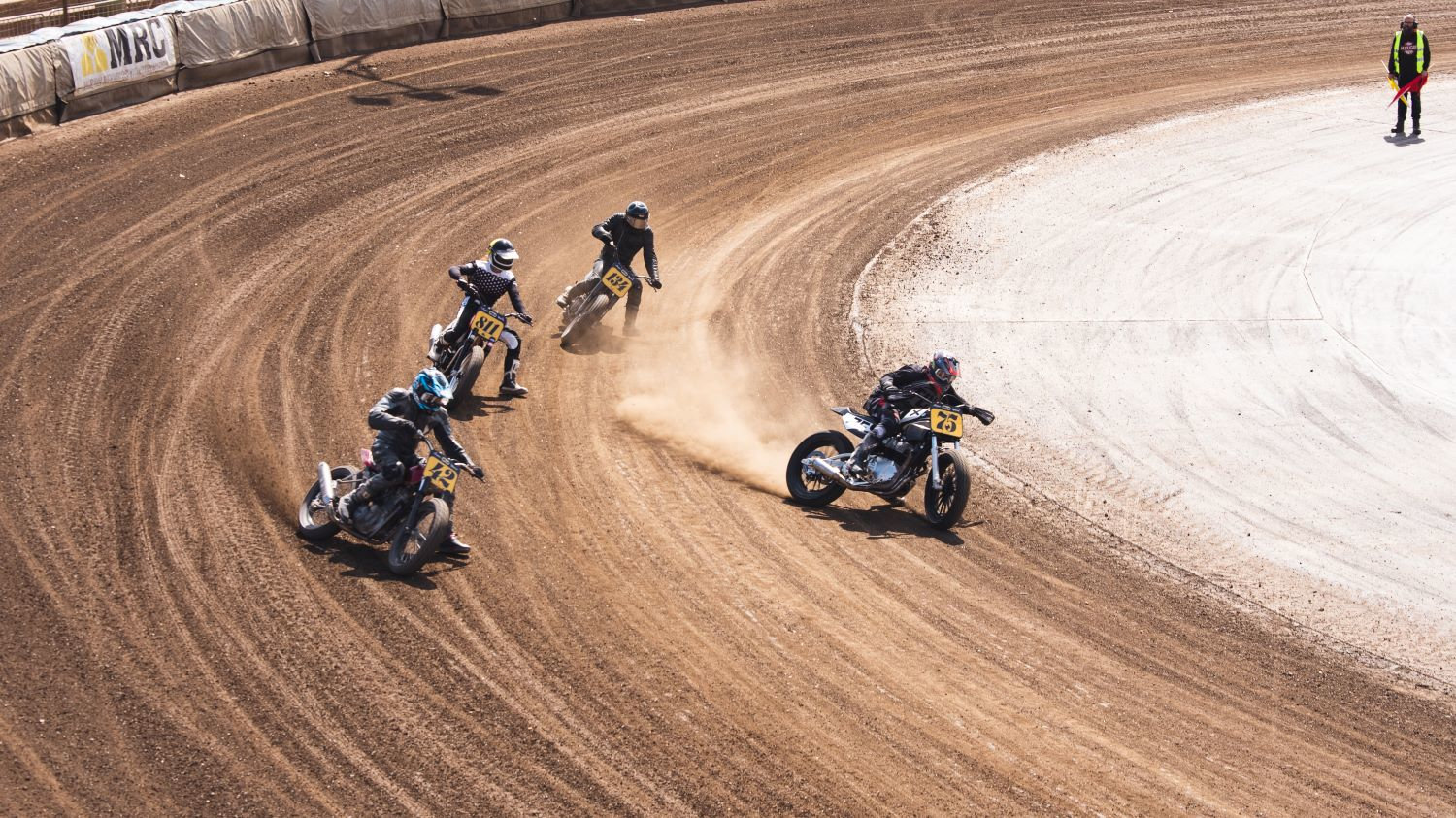
350cc models were used extensively during World War II by the British Army and Royal Air Force, but another 126cc two-stroke model became legendary as the Flying Flea. These were dropped via parachute behind enemy lines and were even light enough to carry (hence the name). The Indian army began adopting 350cc models after the war and a factory was opened in Madras to assemble bikes as kits from England. India was producing complete Bullets under license by the mid-1950s. These were 1955 models, which remained relatively unchanged for the next five decades for domestic riders. The English Bullets were updated prior to 1960, permanently separating them from India’s mid-1950s counterparts.
India’s Pride and Joy
The British motorcycle industry effectively died in the 1970s, but India kept Royal Enfield alive with the 1955 Bullet. I have a 2006 500cc Bullet and it’s kind of shocking how “old” it is. It’s loud, very vibrational, maintenance intensive and very slow by today’s standards. Oh, and I kick-start it in the 21st century. What!? Other than marginal improvements in metallurgy and machining, this is very much a 1955 model. My first street bike at 16 was a 1989 Honda Hawk 650, which was a world away from this Bullet, even being 17 years older. Remember the Kawasaki Ninja ZX900 that Tom Cruise rode in the original Top Gun? That’s an interstellar spaceship compared to the 2006 Bullet and we’re going back 20 years to 1986 (it debuted a couple of years before that). The Indian Bullets simply shunned the modern world.
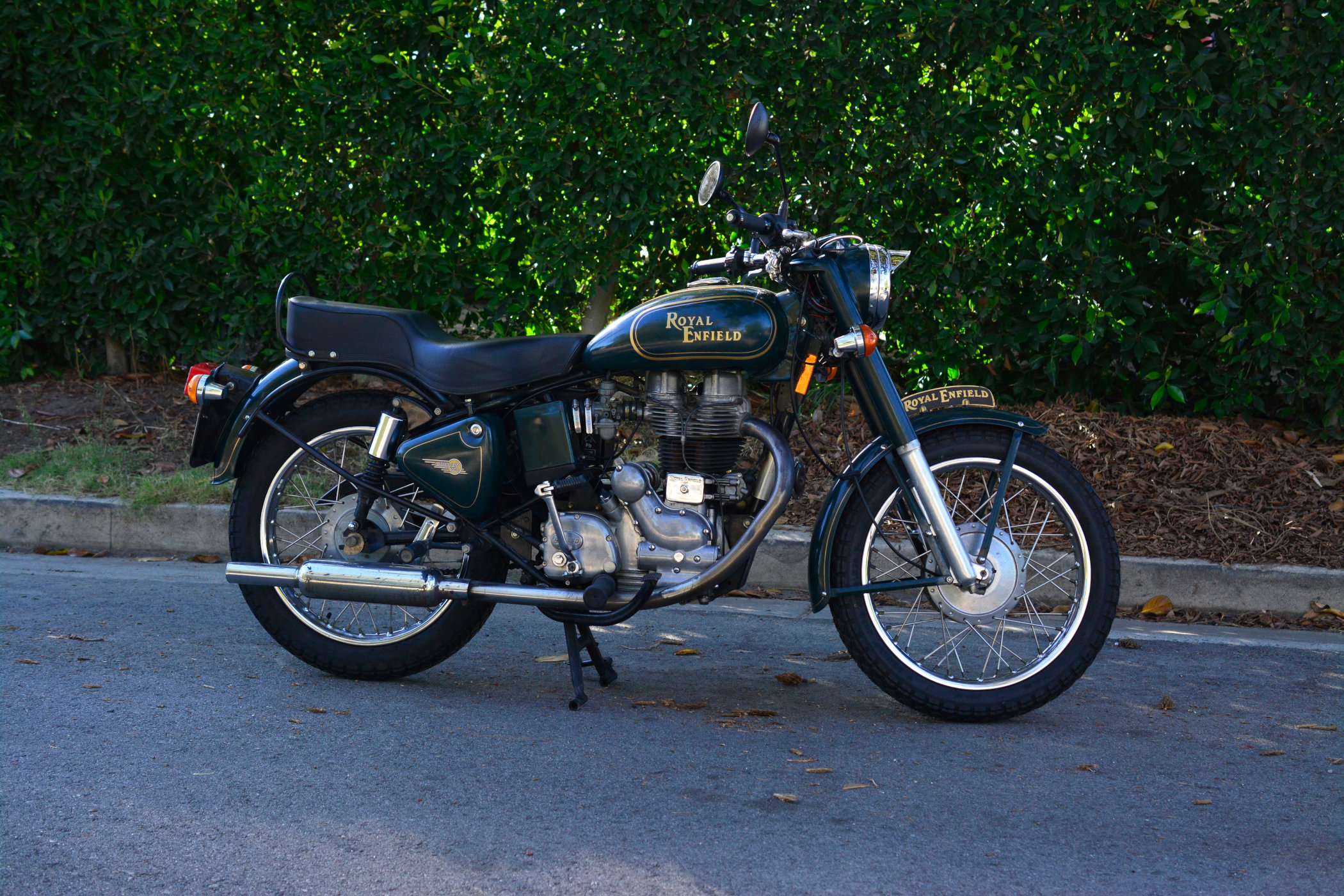
Let’s take a step back for a minute and look at the Bullet from a different perspective. There’s a reason why it’s the longest-running model in motorcycle history. It weathered the influx of superior Japanese motorcycles, which is analogous to the Quartz Crisis in watchmaking and remains popular in India and throughout Europe today. The English Bullet was discontinued in 1967 before the entire company collapsed in 1970, but the 1955 Indian model was ironically reintroduced in England in 1977. Massive tariffs protected India from imported competition for many decades, so there was simply no urgency to update the Bullets. Yes, tariffs are basically cheating, but Bullets were relatively fuel efficient, easy to work on, parts were ubiquitous and high speeds just weren’t a thing in India compared to North America and Europe. Have you ever seen the mix of pedestrian, car, motorcycle, scooter and animal traffic in India?
That’s not an environment for high-performance bikes! Everything changed in the 1990s as the economy opened to Japanese imports and bikes like the Yamaha RD350 significantly slashed Bullet sales. Reliability, speed and comfort became the new trend.
A New Direction
Indian automotive firm Eicher Motors swooped in and bought a near-bankrupt Royal Enfield in the 1990s bikes were soon updated and refined, and new models were also introduced. This improved overall reliability and performance, but incrementally. The “iron barrel” bullets remained obsolete motorcycles from another era. The iron barrel moniker comes from the cylinder barrels that were cast iron, while the heads were aluminium. Even Harley changed to all aluminium Evo engines in the mid-1980s to keep up with the foreign competition.
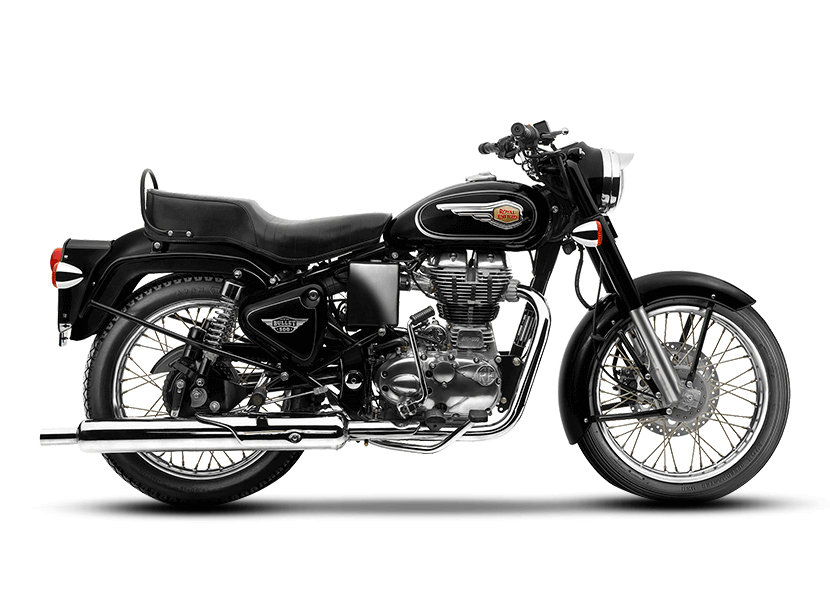
The Bullet received its most significant update in 2008 when engines were changed to all aluminium UCE variants (Unit Construction Engines) with fuel injection. It represented a huge leap that finally left the 1950s behind. UCE engines ended a seven-decade stretch of cast iron equivalents, making them the longest-production motorcycle engines in history. The engine, transmission and clutch were now one piece, reducing friction and wear, and making maintenance less of a headache. My 2006 Bullet requires separate lubrication points – oil for the main engine, oil for the primary case (holding the drive chain, clutch and alternator) and an oil/grease slurry for the transmission. All have to be checked/changed separately, while UCE motorcycle engines integrate oil distribution, so everything is drained/replaced at one point. Electronic fuel injection improved reliability and emissions, although I’m a sucker for a good carburettor as it gives a more organic feel.
The Future is Now
The 500cc Bullet was officially discontinued in 2020, ending a historic reign and disappointing many (myself included). It had been renamed the “Classic 500” with the introduction of UCE engines, but it was always the “Bullet.” Although electric starters had been around for a couple of decades, a kick starter was always standard on Bullets and was there on the last 2020 model. My 2006 Bullet has the original electric starter, but it’s problematic at best and now a retired passenger. I’ve solely relied on the kick starter. Outside of North America, the 350cc Bullet was more popular and retained a carburettor when the 500cc models were upgraded to fuel injection. From 2021, the 500cc and 350cc variants have merged into a single bike, the 350cc “Classic 350 Reborn.” It looks similar to the outgoing models but is completely new with a new engine, chassis, suspension and so on. Unfortunately, the kick starter was removed.

Aside from the latest 350cc model, Royal Enfield has completely new motorcycles with 650cc parallel twin engines. The Interceptor and Continental GT look back at 1960s British café racers and cruisers, and both look and feel the part. New bikes are designed in England and built in state-of-the-art factories in India and represent a rebirth of sorts for a notoriously old-school company. I also have a 2022 Continental GT 650 and it genuinely feels like a classic Triumph or BSA but is lightyears ahead of my 2006 Bullet. Power figures are modest, almost identical to 1960s counterparts with around 47hp, but the riding experience is greater than the sum of its parts.
The 2021+ lineups show a new commitment to quality control and design, and as the saying goes, “This is not your father’s Royal Enfield.” An adventure bike, the 400cc Himalayan, recently joined the new portfolio along with the 350cc Meteor and Hunter, 400cc Scram and a new 650cc Super Meteor (cruiser) is coming in 2023.
Hold on a Second…
Modern classics like the Triumph Bonneville or Kawasaki W800 might look old, but they’re engineered like any current motorcycle with modern maintenance intervals. The latest Royal Enfield bikes need a bit more care, at least initially. My Continental GT requires an oil change and valve adjustment at only 300 miles, which is otherwise unheard of today. I’ll have to remove the tank and valve cover for access, which is a royal pain in the 21st century (pun intended). If you’re not mechanically inclined, your local dealer is happy to perform this service at a considerable cost (no thank you), but it’s not terribly difficult to do at home (screw-type tappets). Just check your region’s warranty terms before proceeding.
It’s a curious design decision as the UCE Classic 500 models from a decade ago had hydraulic valves that rarely, if ever, needed adjusting. The latest and greatest bikes seem to have taken a step backwards, but the improved quality and riding experience mostly make up for this glaring shortcoming. Perhaps tearing into the engine for a valve adjustment just continues the charm of Royal Enfield and prices help justify these gripes. They’re lower than most equivalent bikes, often by a significant amount. For perspective, the outgoing Harley Sportsters are double the price and aren’t exactly performance leaders, while classic Triumph and Kawasaki models are several thousand dollars more. The latest models are, by far, the most modern and advanced in the company’s history. At the end of the day, incredible prices, 21st-century build quality and a legit retro riding experience make Royal Enfield hard to fault. Just be prepared to get your hands a little dirty.
For more information, please visit RoyalEnfield.com
Editorial Note: All pictures portrayed in the article are taken by editor Erik Slaven unless stated otherwise. Externally sourced images come from MyRoyalEnfields.blogspot.com, ExhaustNotes.com, RoyalEnfield.com and YouTube.com

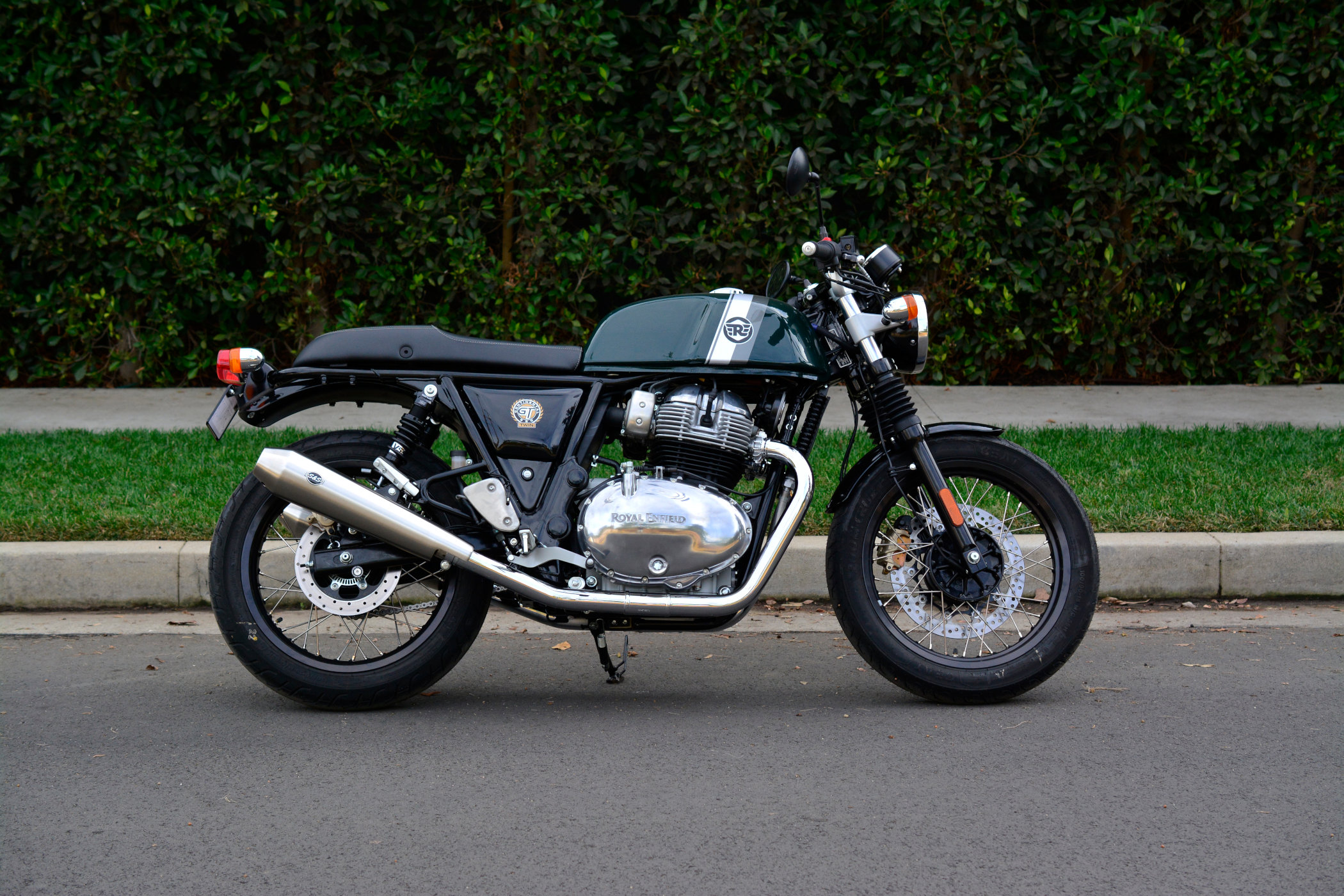
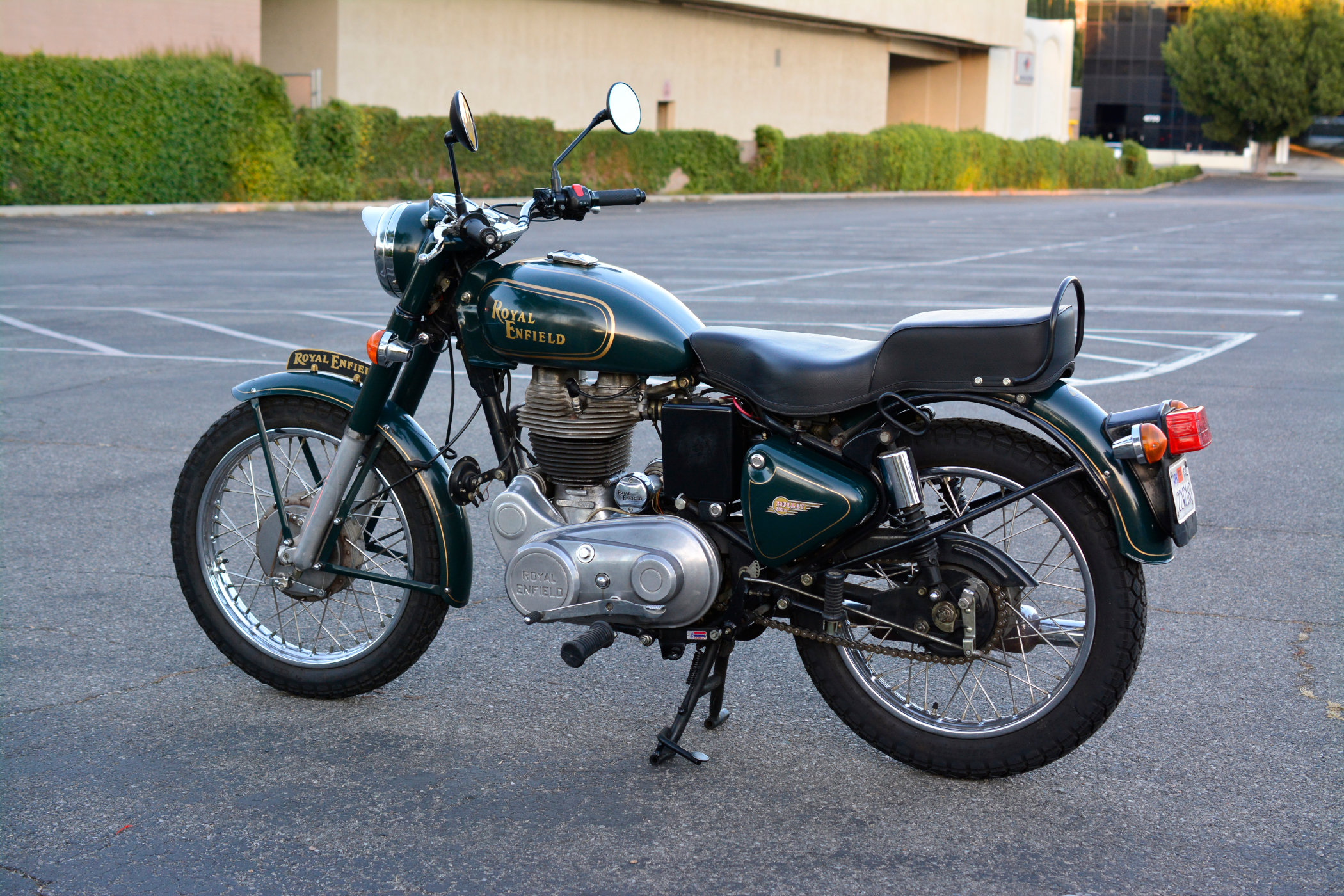
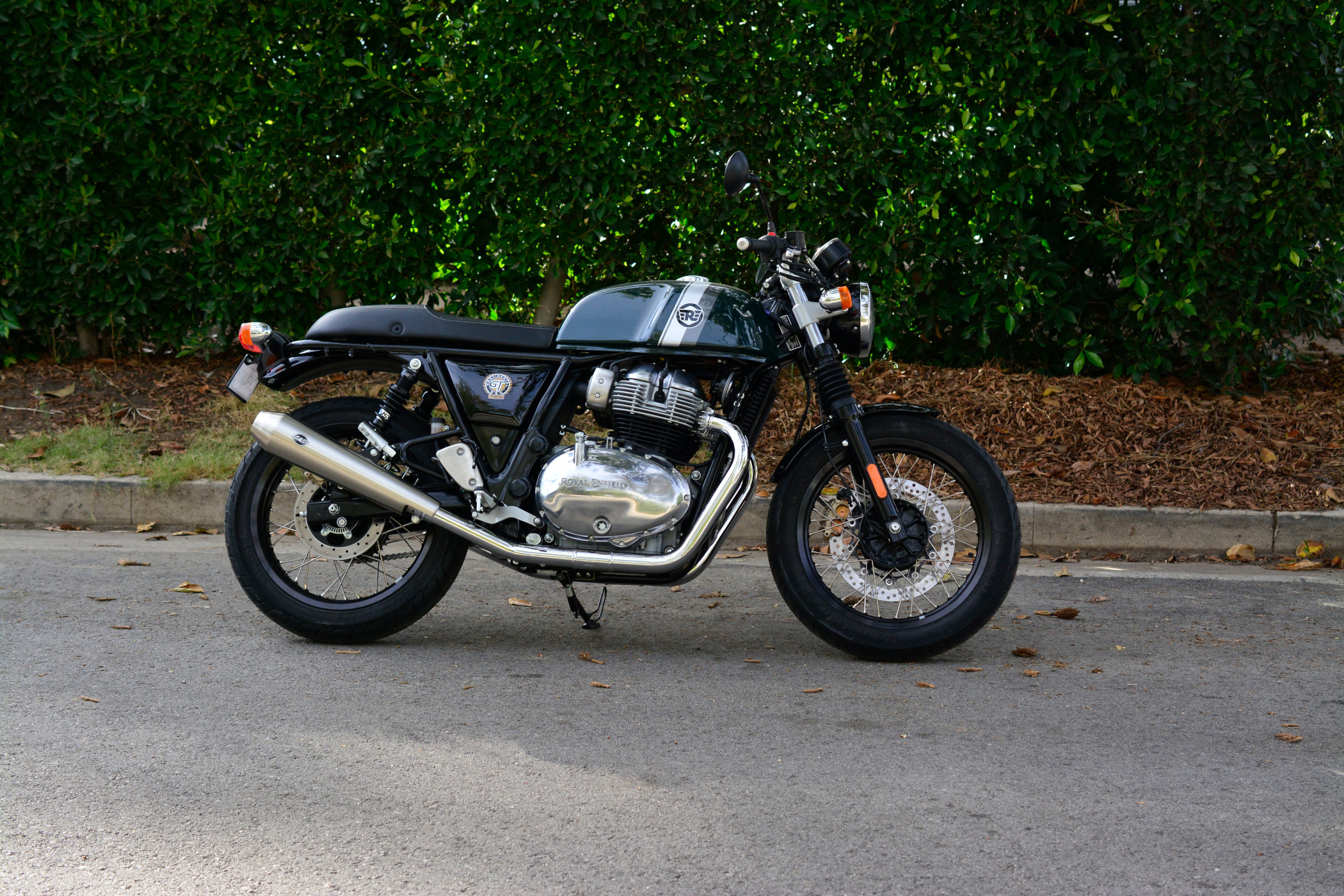

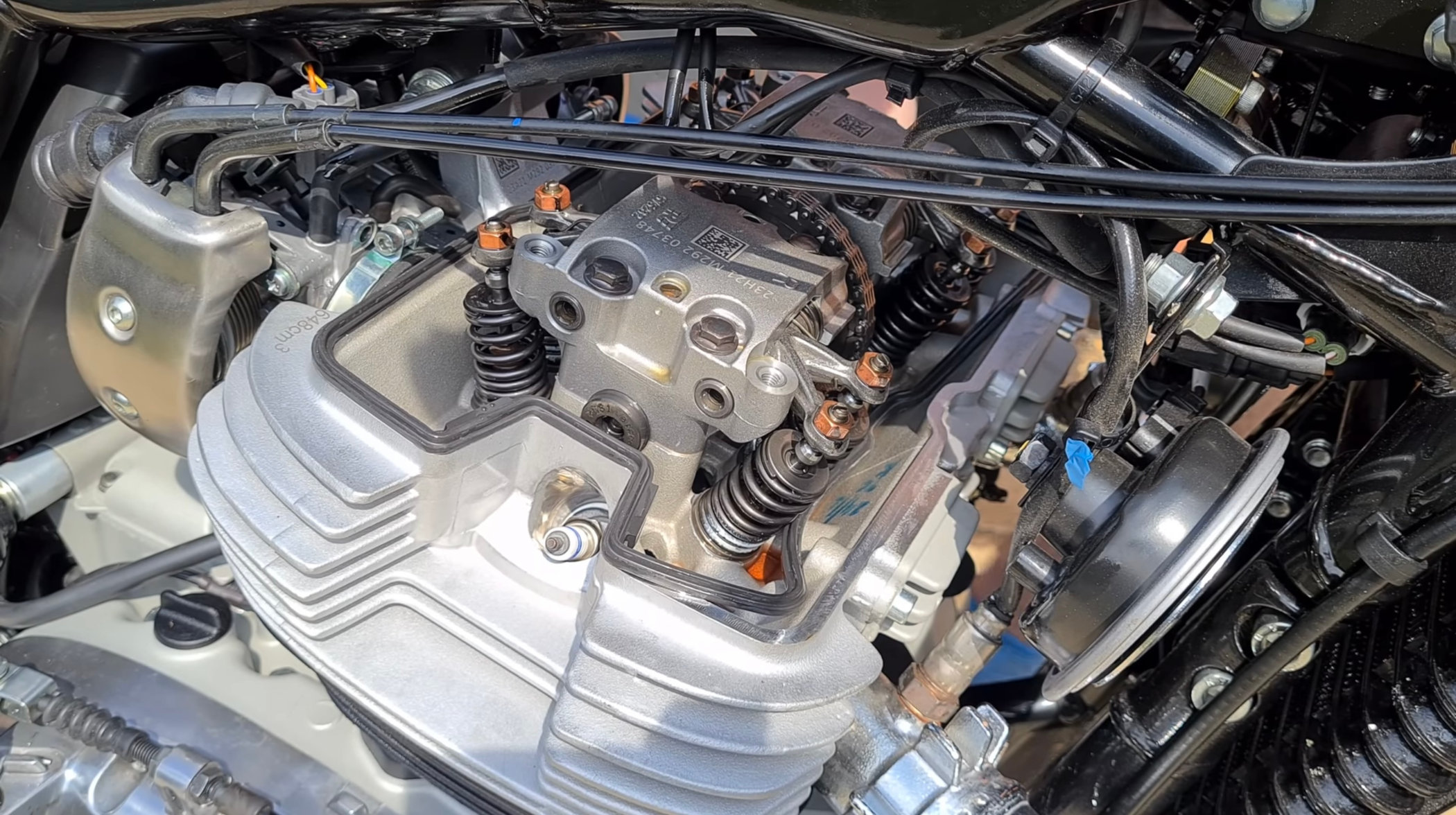



9 responses
Great article that offers insight into the history and performance of these iconic bikes
Moto Guzzi V9 (new)
Harley Davidson Road King (new)
Ducati Scrambler Icon (new)
Enfield Bullet (not new)
Great article! Good to see Royal Enfield on Monochrome – I own a Continental GT 650 and loooooove it 🙂
@Charris Thanks and the Continental GT 650 is a great bike!
You rode a 650cc bike at 16? That’s hard to believe as you had to be at least 17 even to ride a learner bike!
@Max Thanks and it’s an iconic brand for sure.
Fascinating. The 21st century needs these kind of machines!
@Miv Tucker This is in the US, not UK. There was no restriction to riding a 650cc at 16.
@Marc Moss Absolutely!